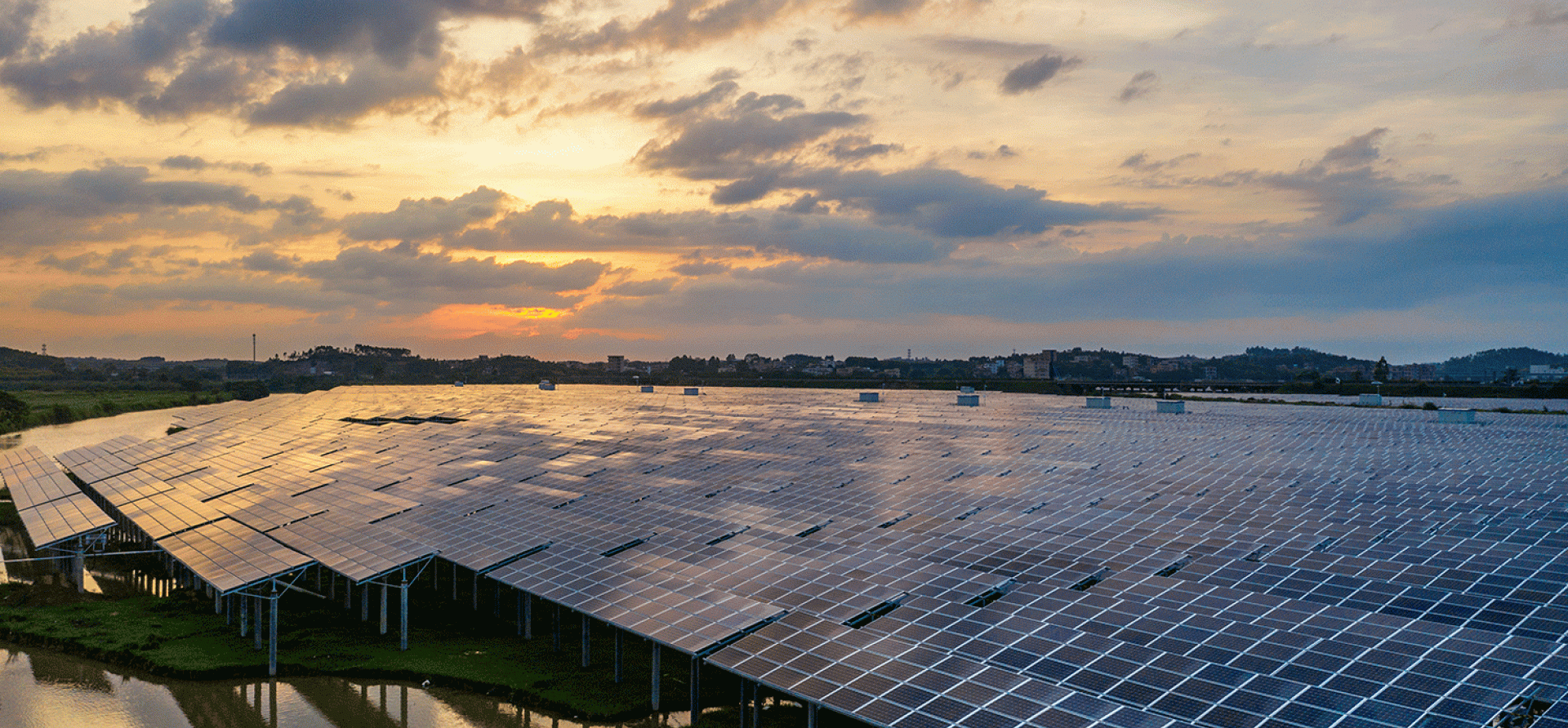In U.S. oil country, renewables reign
Download Full Report

Key Findings
The oil and gas sector has been hit particularly hard, with employment in Texas down 32% this year and bankruptcies up. Yet the renewables sector continues to thrive, notwithstanding COVID-19 and the fact that the Texan economy has been hit hard.
Texas is the top producer of both oil and gas in the U.S. and has earned a reputation as one of the most pro-fossil fuel states in the country. Yet over the last 15 years, wind and solar have emerged as the fastest-growing power sources in the state’s electricity portfolio.
Executive Summary
The Australian Government is contemplating subsidising fossil gas as an alleged pathway out of the current economic downturn. But the U.S. state of Texas—in many ways similar to Australia, in both population size and total economic output—reveals the pitfalls of overreliance on the oil and gas sector as an economic engine in the 21st century.
Early in the 20th century, the Texas oil boom became the stuff of legend, minting oil tycoons and spawning globe-spanning oil conglomerates. Starting in the 1970s, however, the state’s oil and gas sector gradually declined as oil and gas output fell.
Then, in the early 2010s, the state re-emerged as a major oil and gas producer, as the combination of horizontal drilling and hydraulic fracturing (fracking) unleashed a massive boom in fossil gas and oil output. This second boom, however, proved to be financially unsustainable: U.S. fracking-focused companies typically spent far more on drilling than they generated by selling oil and gas. And once COVID-19 hit the global economy, the Texas industry suffered a catastrophic financial collapse, shedding tens of thousands of jobs amid a steep drop in drilling, cancelled pipeline projects, and dozens of energy sector bankruptcies, spurring a massive yet futile financial bailout by the U.S. Government.
In the midst of the fracking boom and bust, Texas’s energy sector underwent a second transformation—this time, with wind and solar at the helm. In a deregulated electricity market with little government intervention, renewables have emerged as the clear winner, with private investors pouring money into wind and solar projects even as they increasingly shun fossil investments. This trend is now being mirrored elsewhere in the country. One of the nation’s largest investor-owned utilities, Con Edison, has announced it will no longer invest in gas pipelines. And many U.S. utilities are starting to skip gas, recognising that it is no longer a financially viable transition fuel-and going straight to renewables.
This note compares the Texan experience with Australia and asks why the Australian Government is intervening in a market that has all the financial signals showing fossil gas is a poor bet.
Press release: Surging energy prices accelerating pace of wind, solar and battery adoption
Please view full report PDF for references and sources.















